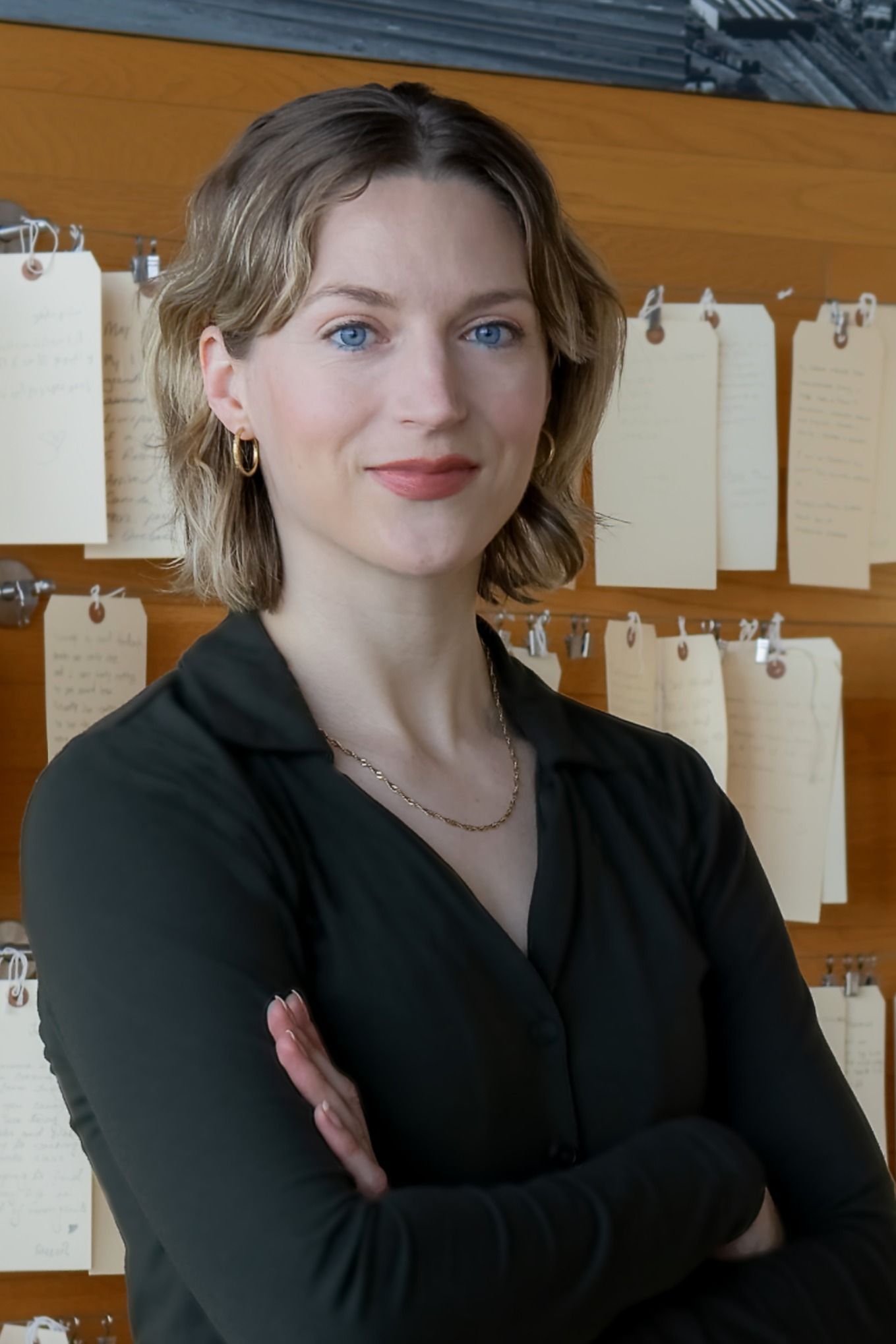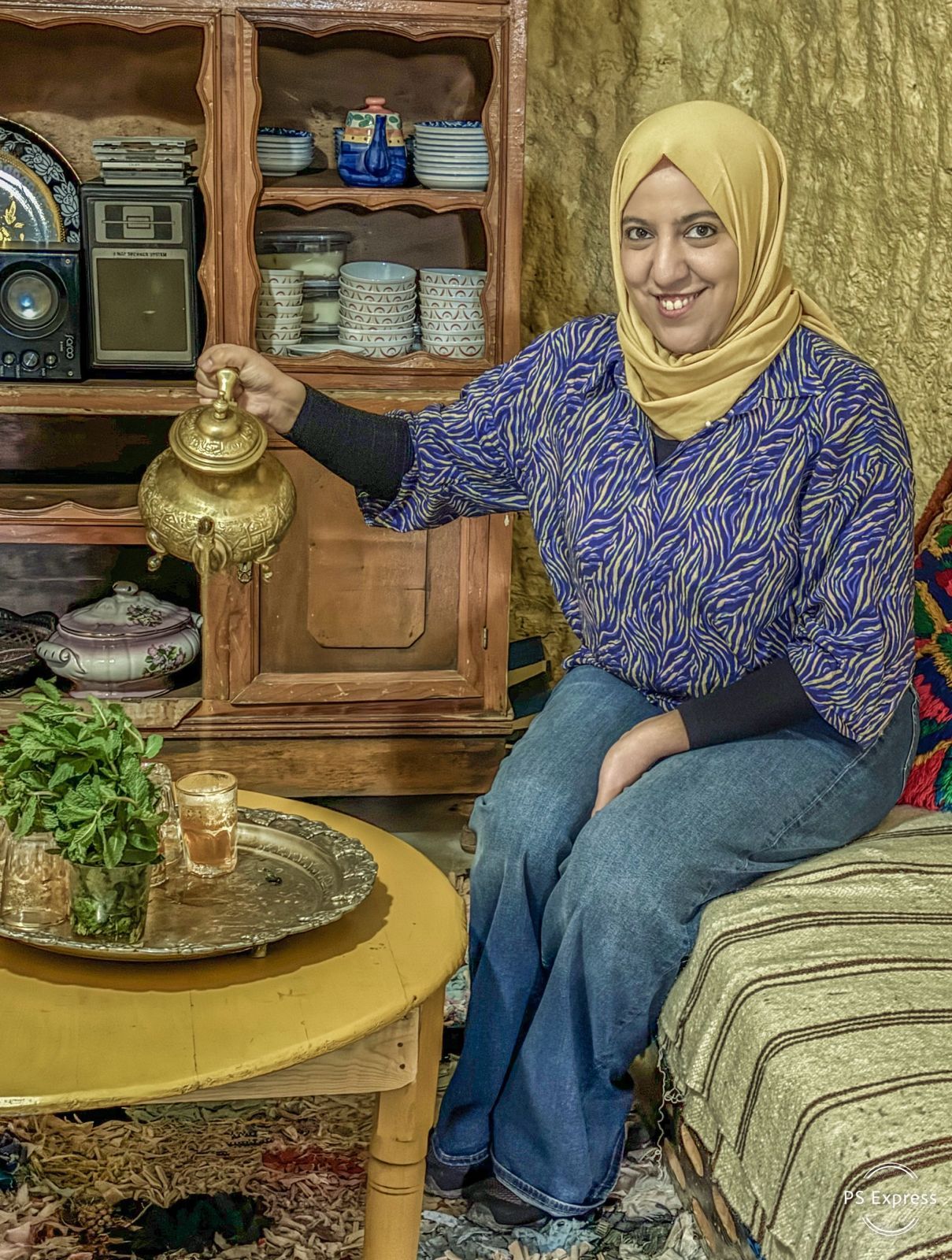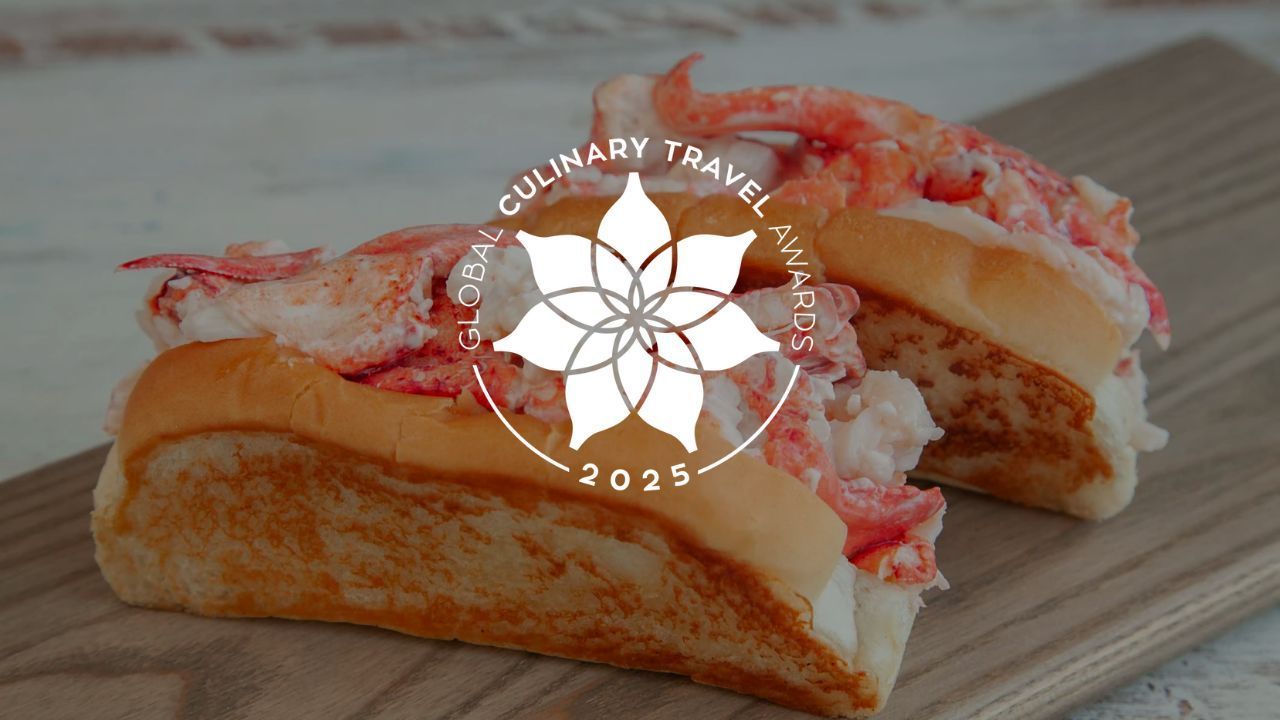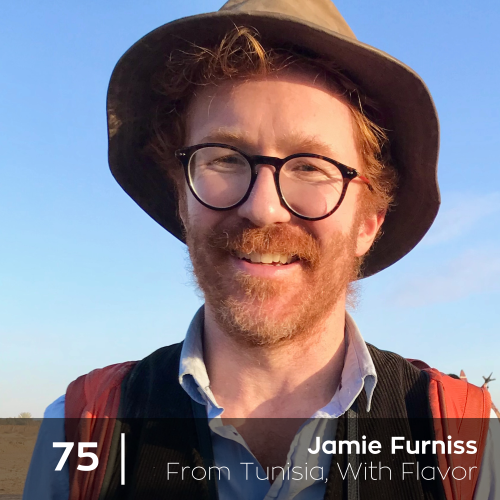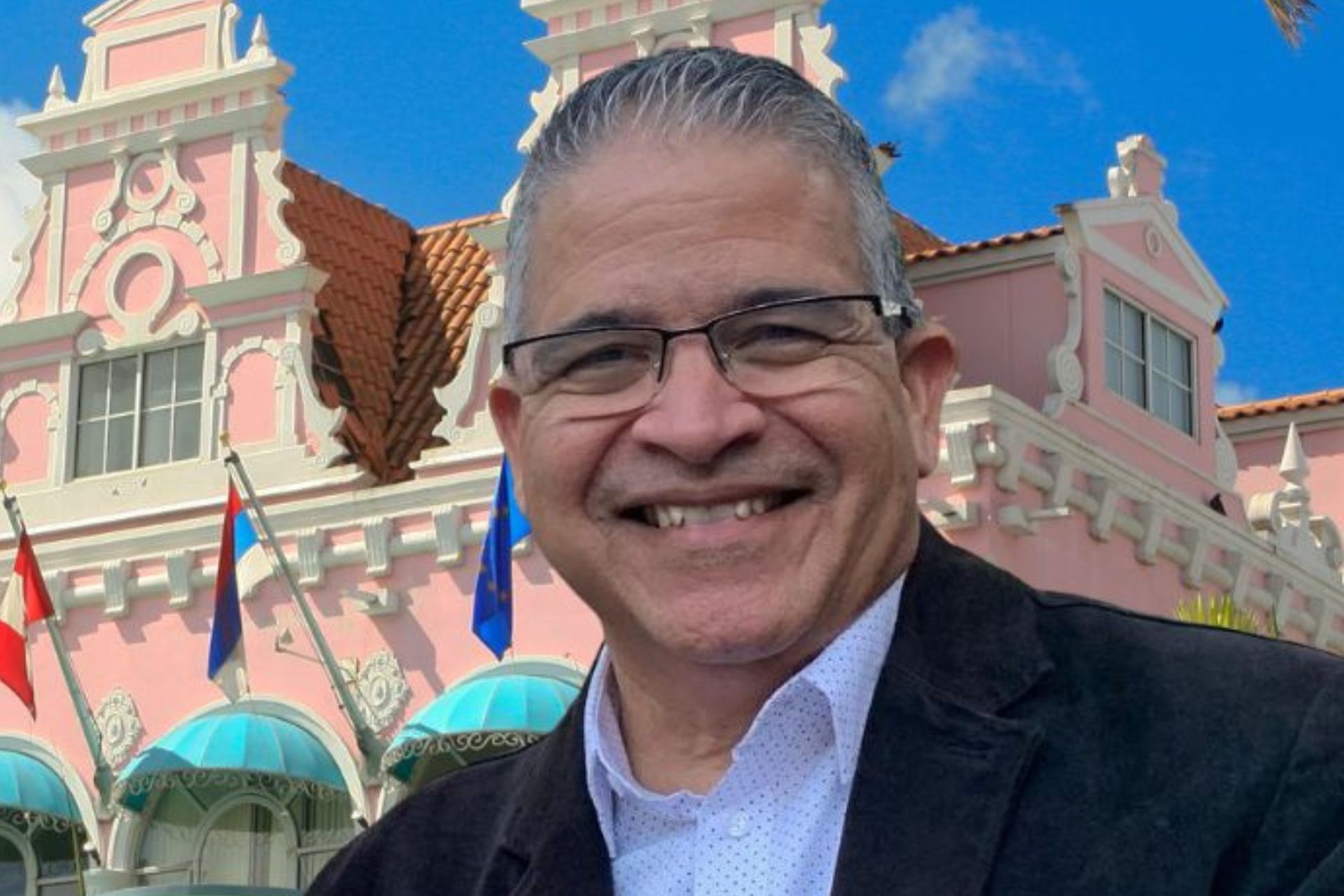The Scale of Taste part 2

My last article was about the scales of taste in a more theoretical fashion, but while reading articles, watching videos and eating chocolate I thought of and felt the need to go out and put in practice what I have learned.
At first, my thoughts went back to the region of Italy I grew up in. Probably it was the chocolate that got me thinking about it. I am from Piedmont, northern Italy and I lived for many years in Turin. These areas are full of culinary traditions and exceptional ingredients, and the culinary essence of Turin is found in its many local markets that you would find in each neighborhood. Among all these beautiful raw materials like white truffles, hazelnuts, Cardo gobbo (i.e. hunchback thistle), topinambur (i.e. Jerusalem artichoke), Peperone di Carmagnola (i.e. peppers from an area near Carmagnola city), incredibly sweet baked beetroot, rice, grapes, wineries, vermouth … I could go on with so many other regional products, ending up finding also a great tradition of chocolatiers and chocolate makers. The most famous is definitely the Ferrero company and the world-famous Nutella, but we, as food-loving travelers, do not like massification and to travel to Turin in order to eat a Nutella crêpe (I would lie if I said that this type of business does not exist in my hometown) that has nothing to do with quality and uniqueness (do not get me wrong, I love Nutella) it would be a disaster of an experience. Therefore I suggest you try the Guido Gobino incredible Giandujotto , travel to this royal but also labouring and patriotic city to participate in the cioccolatò fair and finally invite you to walk through the 18 km of Portici leafing through some books, quick look at shops, art galleries, and finally sit in one of the historic cafès to sip a Bicerin and flave * it together with some of the finest petit fours.
Once travel resumes after the COVID pandemic of course.
Yes, it is about time to find our way back to travel again. However, I prefer to think positive, reinvent myself and find opportunities to experience tourism locally. Personally, I believe that food has this special, almost magical, feature of creating memories more profound than even photographs. This time instead of your nose I invite you to take a piece of chocolate and just close your eyes, and let your thoughts fly away.
It is what I did; I put nostalgia on the side and experienced one of the best chocolates in my life. In fact, I am lucky to have Casa Cacao , only a five-minute walk from where I live. This time I was not alone and I went with one of the best chefs that I worked with and now a good friend of mine, to do a little tasting menu of some selected chocolate bars, produced right there in their chocolate factory. It turned out to be a mind-blowing experience and with the help of the chef chocolatier, Damian Allsop, we managed to fly towards incredible places like the Keithapara forest in India and Cacahostán, Chiapas, Mexico. Just by listening to his passionate and accurate descriptions, I discovered a new world full of new tastes and new aromas. My idea was to have a tasting without previous information and try to figure out the specificities of each chocolate, but Damian’s overwhelming passion and his super kindness just could not be stopped. Probably, it was better that it went in that direction because we have learned so much about this heavenly ingredient.
For instance, the example of the cacao perfectly reflected the idea of Levi-Strauss’ culinary triangle. As Damian explained to us, there is a process of four steps in order to transform the cacao beans into the main ingredient of a signature chocolate bar. Each step functions as a magnifying glass and it has a tremendous impact on the end product, depending on the manufacturing process. The first step is about the variety of the fruit that varies from the terroir and the genetic composition of the cacao pod. Then to enhance the flavors and tastes of the beans we need to artfully master the fermentation, then the drying, and finally the roasting processes. Once again, the raw, the cooked and the fermented in food production have a really important role in the conscious and unconscious decisions that professionals have to make in order to fit perfectly the levels of flaves that we would consider palatable.
Moreover, the experience at Casa Cacao in a way confirmed my belief that taste is not necessarily what we think. At one point in Damian’s explanation, he mentioned the function of sugar, being the gateway of the chocolate flavours. When we experience food, I think that the actual taste disappears instantly because our brain is constantly searching for a comparison in order to describe what we are eating, making what we consider taste (sweet, salty, etc.) a simple amplifier of the stimulus that each ingredient has in its background. Another part of Damian’s explanation is the way of appreciating chocolate at its best, and again it is important to take our time when experiencing food and eat it slowly in order to give the right time for the high, medium and lower notes to be released. Like expensive perfumes, we would enjoy the best chocolate’s first flavour in seconds, giving us that entrancing feeling of pleasure with one specific flave. Then for a few minutes, we would just passionately feel ecstasy and the whole range of possible flavours will hit our palate. But it is only the after- flave that will chase you for the rest of the day, leaving those velvety lips, wonderful thoughts, and in my case an accelerated heartbeat that did not let me sleep until late at night. I definitely suggest eating responsibly, because it might become unpleasant.
Finally, last week I began saying that taste is easy, but after a few lines, it was clear to be dealing with a world of complexities. While questioning the taste functions, I place once again the focus on smell, which I once wrote so eagerly, considering it the least studied and most neglected sense. However, by analyzing taste a little more closely, it might be that I was wrong. I agree that prioritizing and concentrating only on one sense may jeopardize the whole experience, but knowing how it works would give us a better understanding of what we put in our mouth, it is my belief that taste knowledge has to go much further than a simple list of five flavour amplifiers. In fact, my colleague Rosanna highlighted the possible existence of a sixth taste , and who knows how many more there are in nature. Moreover, it would be interesting to study in-depth how the combination of tastes (excluding the other senses) really creates a memorable dish, by associating sweet, salt, and bitter with a specific type of chocolate, for example. Finally, and probably the most challenging work, uncover the unconscious and bring to the surface the hidden knowledge that lies all around us, making us better ambassadors of our world food cultures.
* Flave: English neologism coined in order to describe together the feeling of taste and flavours (see my previous article).
Part 2 of a two-part article. Read part 1 here.
Written by Massimo Bonmassari. Edited by Erik Wolf.
